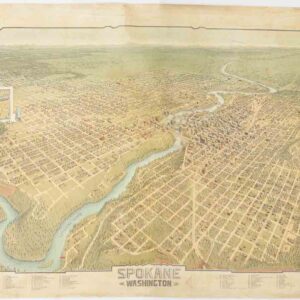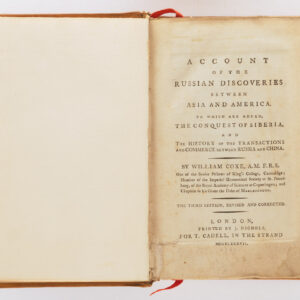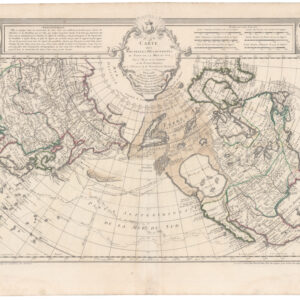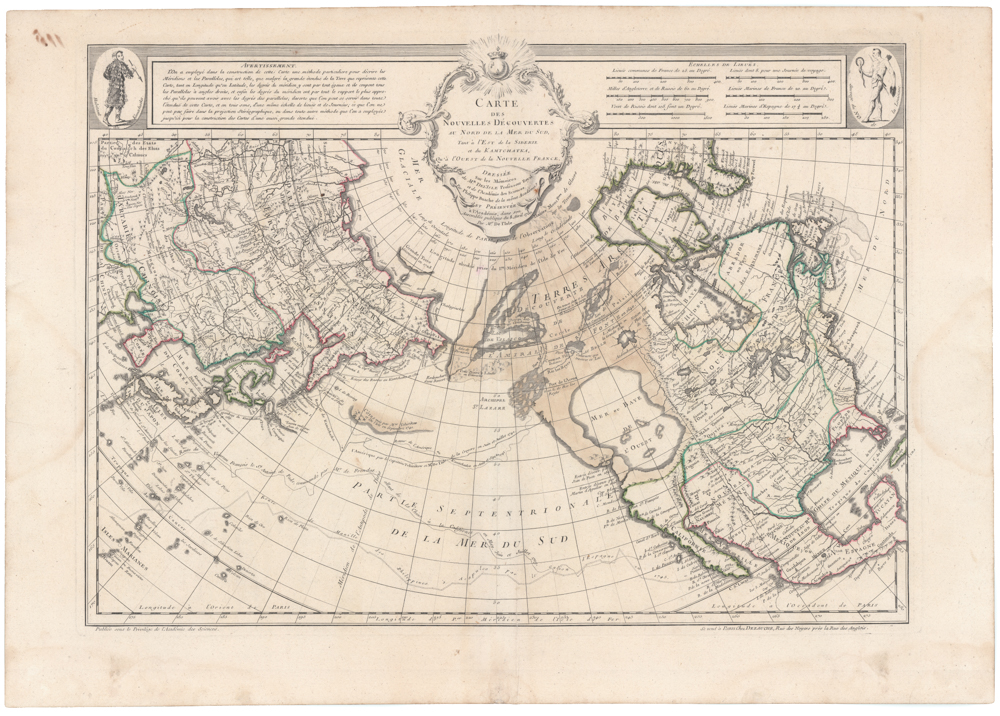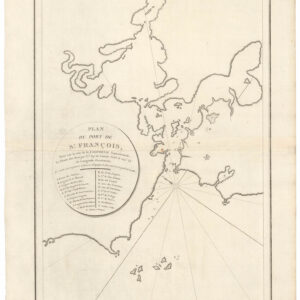One of the first available collectible maps of Hawaii, from just a handful of years after the landing and death of Captain James Cook.
Carte des Isles Sandwich
Out of stock
Description
This is a very early explorer’s map of the Hawaiian Islands, tracking the route of the third and final voyage of the famous Captain James Cook. Cook’s third voyage belongs in the pantheon of history’s greatest voyages of discovery, and Hawaii stands at the center of the narrative. Indeed it was here that Cook met his demise, at Karakakooa Bay; modern-day Kealakekua Bay, located on the Kona coast of the island of Hawaii about 12 miles south of Kailua-Kona. The bay is featured in a large inset in the lower left corner of the map.
This map was published in Rigobert Bonne’s Atlas Supplement, but was created by either Henry Roberts or William Bligh, both members of Cook’s expedition. This illustrious and early connection makes this an important map for any collection of Hawaiiana.
Cartographer(s):
Rigobert Bonne (1727 – 1794) was a French cartographer, widely considered to be one of the most important cartographers of the late 18th century.
In 1773 Bonne succeeded Jacques Nicolas Bellin as Royal Cartographer to France in the office of the Hydrographer at the Depôt de la Marine. Working in his official capacity, Bonne compiled some of the most detailed and accurate maps of the period. Bonne’s work represents an important step in the evolution of the cartographic ideology away from the decorative work of the 17th and early 18th century towards a more detail oriented and practical aesthetic. With regard to the rendering of terrain Bonne maps bear many stylistic similarities to those of his predecessor, Bellin. However, Bonne maps generally abandon such common 18th century decorative features such as hand coloring, elaborate decorative cartouches, and compass roses.
While mostly focusing on coastal regions, the work of Bonne is highly regarded for its detail, historical importance, and overall aesthetic appeal.
Condition Description
Some discoloration along edges. Excellent condition, good original color.
References
